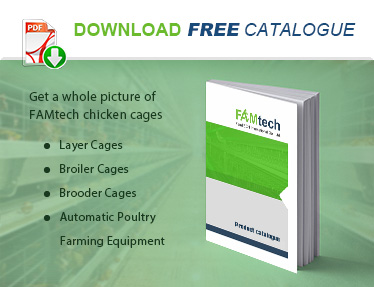How To Reduce The Egg Breakage Rate In Layer Chicken Cages?
.jpg)
Layer chicken cage on modern chicken farms brings many benefits such as high efficiency, labor effortless, clean environment, etc. The supportive automatic systems make chicken feeding, drinking, and manure removal much easier. The intelligent climate control system is conducive to increasing the egg production rate by providing moderate temperature and ventilation.
When measuring the efficiency of layer chicken cages, there are three important indicators: egg production rate, feed-to-egg ratio, and the egg breakage rate. Today, we mainly focus on the egg breakage rate, which directly affects the economic benefits. We all hope it to be the lower the better. Ideally, the breakage rate should be below 1%. Once the rate is higher, the farm manager needs to find out the reasons and change that situation. The egg breaks result from several reasons; we will give suggestions to solve the problems.
Eggshell break is because of genetic factors, nutrition, temperature and environment, disease, breeding, and management, etc., reasons. To reduce the breakage rate of eggs, farmers should pay attention to the selection of chicken breeds, the nutrition of layers, environmental conditions, feeding management, disease prevention and control, etc.
Selection of chicken breeds
.jpg)
The quality of eggshells highly depends on the genetic factors. Different breeds of chickens show significant variation in eggshell thickness and hardness. Generally speaking, brown eggshells are superior to white eggshells in this aspect.
So, give priority to varieties with higher eggshell hardness, such as Hailan Brown and Roman Brown. These varieties have strong stress resistance and better eggshell strength and toughness.
Nutritional Management
.jpg)
The lack of nutrients in the feed required for eggshell synthesis can lead to poor eggshell quality. These key nutrients include calcium, phosphorus, manganese, and vitamin D, and their appropriate inclusion levels are essential for maintaining eggshell quality.
Calcium-Phosphorus Ratio: Shell pellets should be fed separately during the late egg-laying period (after 45 weeks of age) between 4 and 5 PM. The calcium content should be controlled between 3.7% and 4%, and the phosphorus content is recommended to be 0.5% to 0.6%.
Vitamins and Trace Elements: Adding 2000-2500 IU of vitamin D3 per kilogram of feed, along with manganese (25 mg/kg) and sodium aluminosilicate (0.75%), can improve eggshell density.
Organic Nutrition: Using a complete nutritional supplement containing organic trace elements (manganese, zinc, copper, etc.) and amino acids can significantly improve eggshell quality.
To be noticed, excess nutrition is not always good. For example, too much magnesium can compete with calcium, and high manganese can inhibit zinc absorption, which is not conducive to eggshell quality. Therefore, when broiler breeders consider the impact of nutrition on eggshells, they must remember to grasp the overall situation and pay special attention to nutritional balance.
Environmental Control
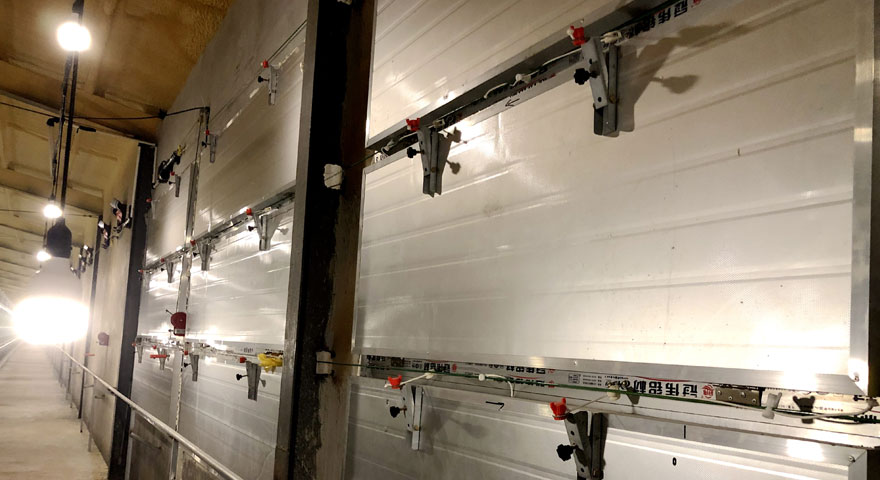
Lighting Management
Reasonable lighting conditions are the key to ensuring that chickens produce quality eggs.
Maintain a total lighting duration of at least 16 hours. Ensure stable lighting during morning egg laying to prevent thinning of eggshells due to insufficient light during afternoon egg laying.
Temperature Management
When the ambient temperature is too high, the chickens’ feed intake will decrease accordingly, leading to insufficient intake of calcium and phosphorus.
Maintain a house temperature between 15-21°C. High temperatures (over 32°C) significantly increase egg breakage.
Cage Design
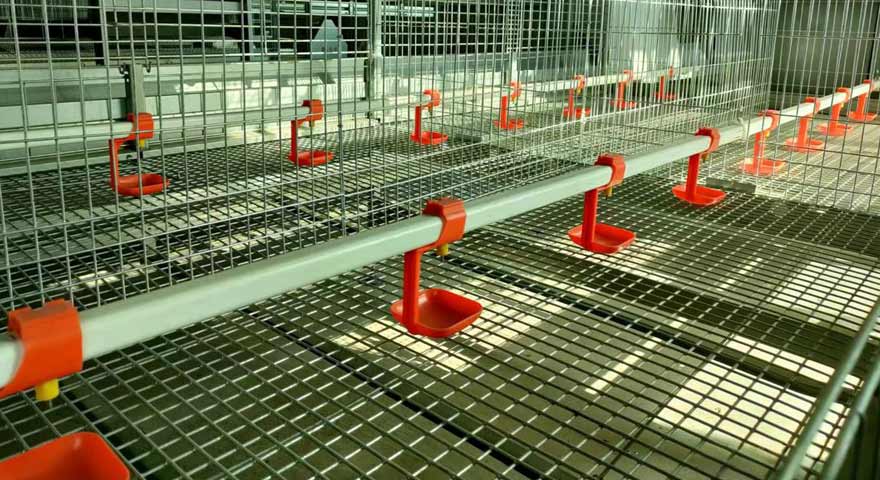
Layer cage design has a direct impact on egg breakage. The angle of the bottom mesh is a key factor. If the angle is too steep, eggs may break due to tumbling too quickly. If the angle is too shallow, eggs may not roll naturally, and hens may step on them during laying, potentially causing breakage.
The recommended spacing between the battery cage bottom bars is 2.5 cm x 5 cm, with a tilt angle of 7-8 degrees to prevent eggs from rolling or becoming stuck.
Feeding and Management
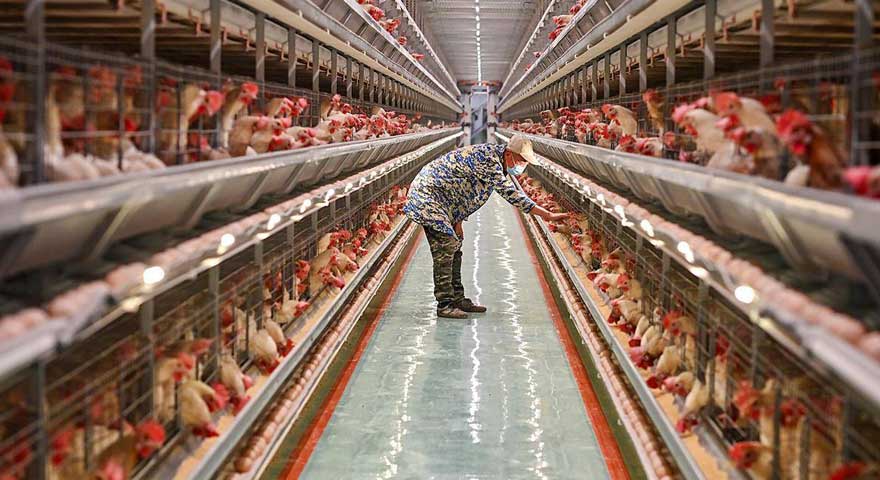
Reducing Stress: Avoid stimuli such as noise and vibration. Avoid vaccinations during the laying period to reduce soft-shelled eggs caused by stress.
Battery cages for layers have improved farming efficiency; however, the side effect is that layers are prone to stress. They are very sensitive to environmental changes such as cloth color changes, a stranger's visit, loud noise outside the chicken house, etc. And when layers are overly scared, soft-shell eggs or deformed eggs may occur.
Preventing and Controlling Pecking

Cage-raised chickens are intensively housed, with limited space and high density. Poor management (such as poor ventilation and excessive light intensity) and inadequate feed (lack of sulfur-containing amino acids) can easily lead to negative habits such as egg pecking. Since pecking soft-shelled eggs during the early stages of laying is a major cause of egg pecking, managers should pay close attention.
Promptly separate chickens that engage in egg-pecking behavior and house them separately to reduce the risk of interpecking.
Egg Collection Frequency
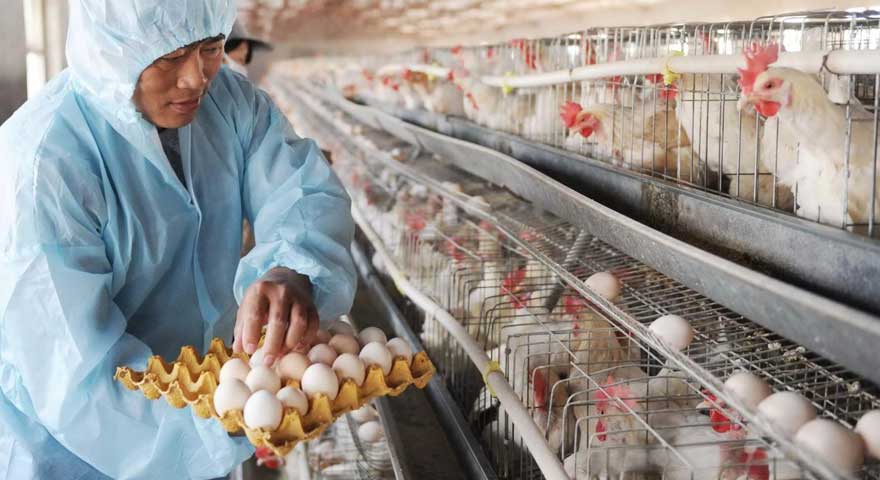
Collect eggs at least three times daily, with the last collection completed before lights out, to minimize the amount of time eggs remain in the cage, and prevent eggs from colliding with each other and being stepped on by chickens at the bottom of the cage.
Disease Prevention and Control
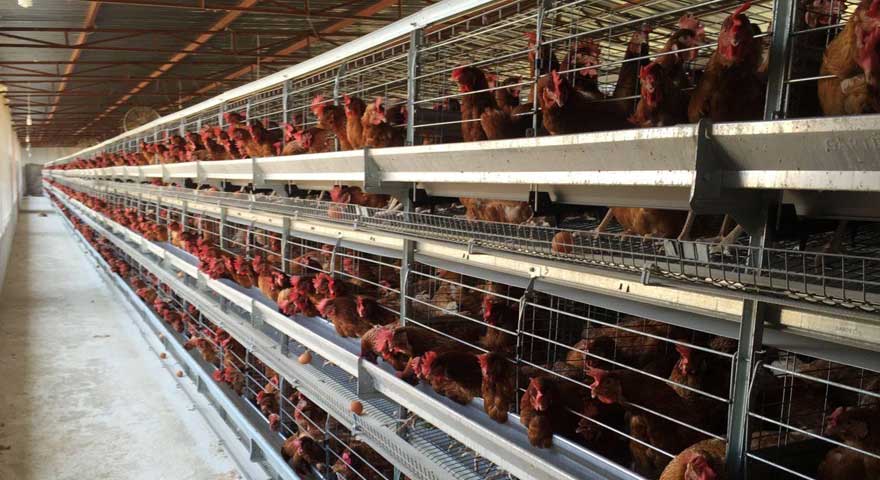
Certain diseases can affect eggshell quality, leading to higher egg breakage rates. When chickens are struck by diseases such as atypical Newcastle disease, nephrotic bronchitis, egg drop syndrome, or avian influenza, the quality of the eggs produced can be affected, leading to higher egg breakage rates.
Regular vaccinations are recommended to prevent diseases like Newcastle disease and infectious bronchitis, and to avoid thin-shelled eggs caused by oviduct inflammation.
All in all, to maximize the efficiency of the battery cage for layers, farm owners should pay close attention to every possible reason for egg breakage. Prevent problems before they happen. FAMtech continuously updates knowledge about the poultry layer cage and other poultry equipment. Contact us if you have any questions.

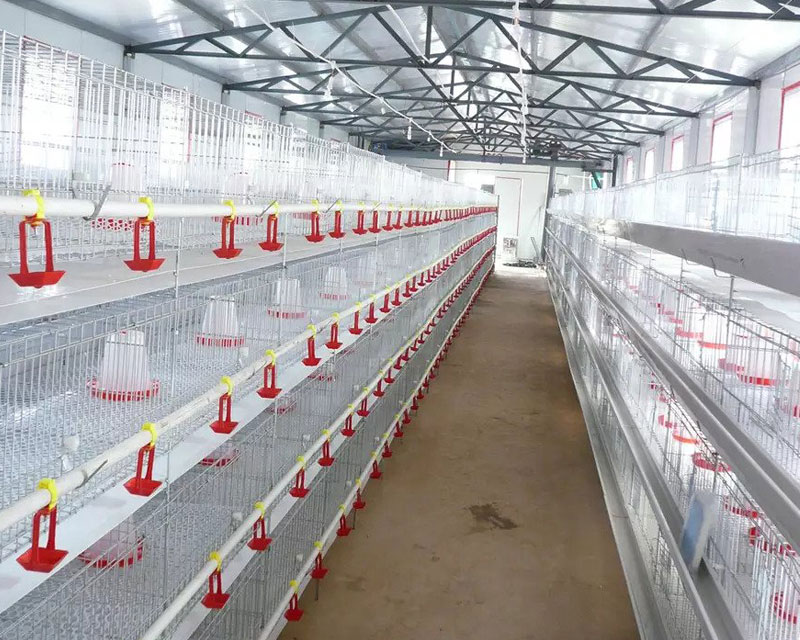 4 Tier H Type Broiler Cage Project In South Africa
4 Tier H Type Broiler Cage Project In South Africa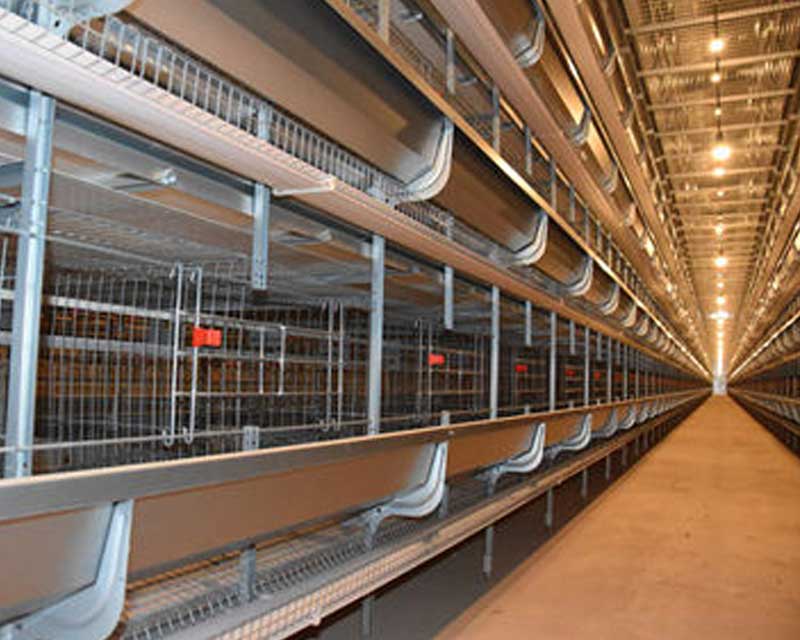 Layer Cage Project In Cuba
Layer Cage Project In Cuba H Type Layer Cage Project In Southeast Asia
H Type Layer Cage Project In Southeast Asia A Type Layer Cage Installed In West Africa
A Type Layer Cage Installed In West Africa Nigeria H Type Layer Cage Project
Nigeria H Type Layer Cage Project H Type Layer Cage Installed In Togo
H Type Layer Cage Installed In Togo